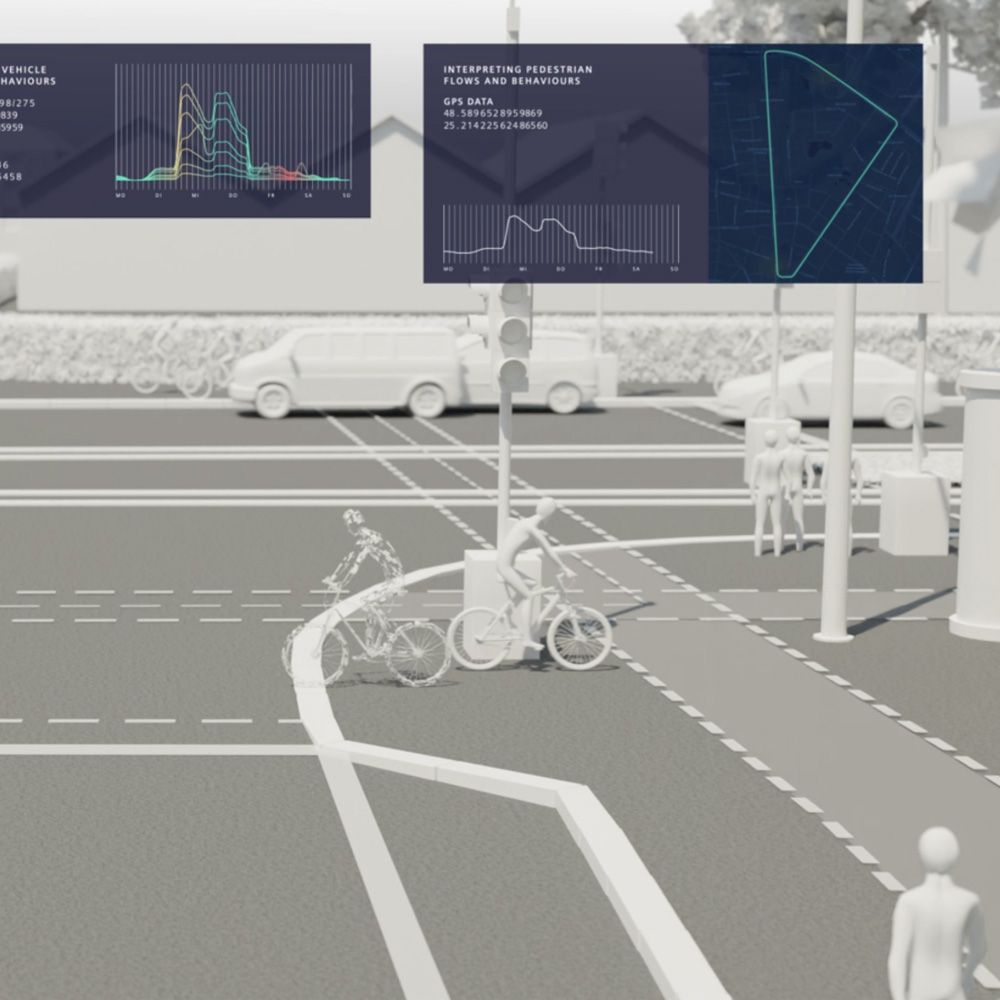Best of Content Audit: How to structure a text
Structure is important. Also with web texts. We show you tips and tricks
Tempting headlines, exciting content, coherent language - all this is in vain if the structure of a text is not also correct. Online texts in particular must be coherently structured so that the reader gets added value from what he reads. In this part of the series "Best of Content Audit" you can read all about the web-compatible structure of an article.

"What does the text bring to my reader?" You should not ask this question only when the text is finished, but keep it in mind for every paragraph, every sentence, even every word. This is the only way you can write purposefully. The ultimate goal is to offer the reader added value. This is usually in the form of special information, a tip or entertainment. To ensure that your readers pay attention to your article right up to the end, your online text must be very well structured and formatted. Make it as pleasant as possible for your reader!
Special features of online texting: inverted pyramid and kitchen call
Online texts are also structured according to the principle of the inverted pyramid. They start with the core message and then go into depth bit by bit. In this way the reader is interested in the content of your article for a maximum of time. At the same time, they learn the main messages of the text without necessarily having to read the entire article.
The following is hidden behind the so-called kitchen call: The reader should - thanks to the principle of the inverted pyramid - gain an overview of the article as quickly as possible and thus be able to pass on even the most important information in just one sentence. Imagine a person in the living room reading a newspaper and calling out the quintessence of your text to a second person in the kitchen.
Always keeping an eye on the red thread
I'm glad you're still reading :-) Besides the special features of online texting, there is also a point that you all probably remember from your school essays: The famous red thread. As in your school days, you divide your article into introduction, main part and conclusion. Smooth transitions connect the individual elements. So much for theory. The most important thing in all this is that the user always sees a red thread. With a clear structure, you guide him or her step by step through the text. The red thread in this blog post is: "The structure of an online text". And how does this work in practice with a web-compatible structure? Here are a few tips for implementation:
A successful structure for online texts includes
- a fitting headline. Ideally, it should consist of six words and manage both to attract the reader's attention and to hit the core of the text. Already at the headline, it is important to convey to the user that he or she gets added value by reading the whole article. Read here how to write a perfect headline.
- an exciting teaser. In the teaser you describe the essence of the article and answer as many of the W questions as possible. At the same time, you encourage the reader to read on, for example by promising to solve a problem or to summarize an interesting study (and keep to this promise throughout the text). You also include SEO-relevant keywords in both the headline and the teaser.
- striking subheadings, bullet points and eye-catchers. Since many readers only cross-read texts, keywords must be directly eye-catching through boldface. Subheadings, paragraphs and bullet points also make it easier to maintain an overview of the text. Jump labels also help the reader to find his way around longer articles.
- attractive pictures and videos. Visualizations make a text more appealing and attract attention. With their help, your article will remain in the reader's memory longer. Pictures illustrate what is written, videos provide further information. Of course, you must select suitable images and video material to ensure that the reader gets added value. Tables or statistics also loosen up a text. For example, you can present figures or graphics without losing many words.
- suitable links. Hardly any text covers all aspects of a topic - and it doesn't have to. Because especially in the online area shorter texts prove their worth. Further links allow the reader to decide freely about which aspects he would like to learn more.
Conclusion: Meeting the expectations of the reader
If you promise tips or solutions to a problem in the headline or teaser, you must also provide this content. Always keep in mind the goal from the beginning: Your text should provide the reader with a clear added value.









